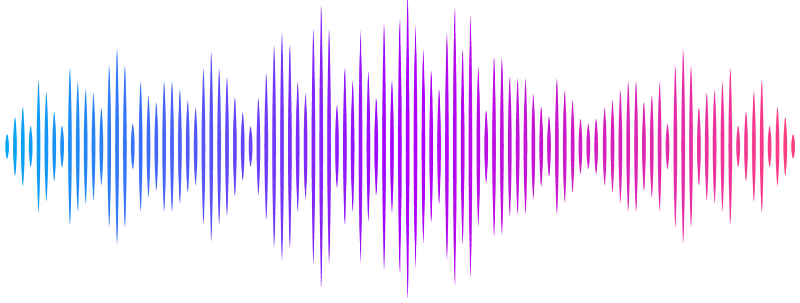Functional coexistence theory: a mechanistic framework linking biodiversity to ecosystem function

Functional coexistence theory: a mechanistic framework linking biodiversity to ecosystem function
Wan, J.; Ke, P.-J.; Hordijk, I.; Bialic-Murphy, L.; Crowther, T. W.
AbstractTheory and experiments show that diverse ecosystems often have higher levels of function (for instance, biomass production), yet it remains challenging to identify the biological mechanisms responsible. We synthesize developments in coexistence theory into a general theoretical framework linking community coexistence to ecosystem function. Our framework, which we term functional coexistence theory, identifies three components determining the total function of a community of coexisting species. The first component directly corresponds to the niche differences that enable pairwise species coexistence, and to the complementarity component from the additive partition of biodiversity effects. The second component measures whether higher functioning species also have higher competitive fitness, providing a missing link between the additive partition\'s selection effect and modern coexistence theory\'s concept of equalization. The third component is least well-studied: reducing functional imbalances between species increases niche difference\'s positive effect on function. Using a mechanistic model of resource competition, we show that our framework can identify how traits drive the effect of competition on productivity, and confirm our theoretical expectations by fitting this model to data from a classic plant competition experiment. Furthermore, we apply our framework to simulations of communities with multiple ecosystem functions or more than two species, demonstrating that relationships between niche, fitness, and function also predict total function beyond the case studied by classical theory. Taken together, our results highlight fundamental links between species coexistence and its consequences for ecosystem function, providing an avenue towards a predictive theory of community-ecosystem feedbacks.
